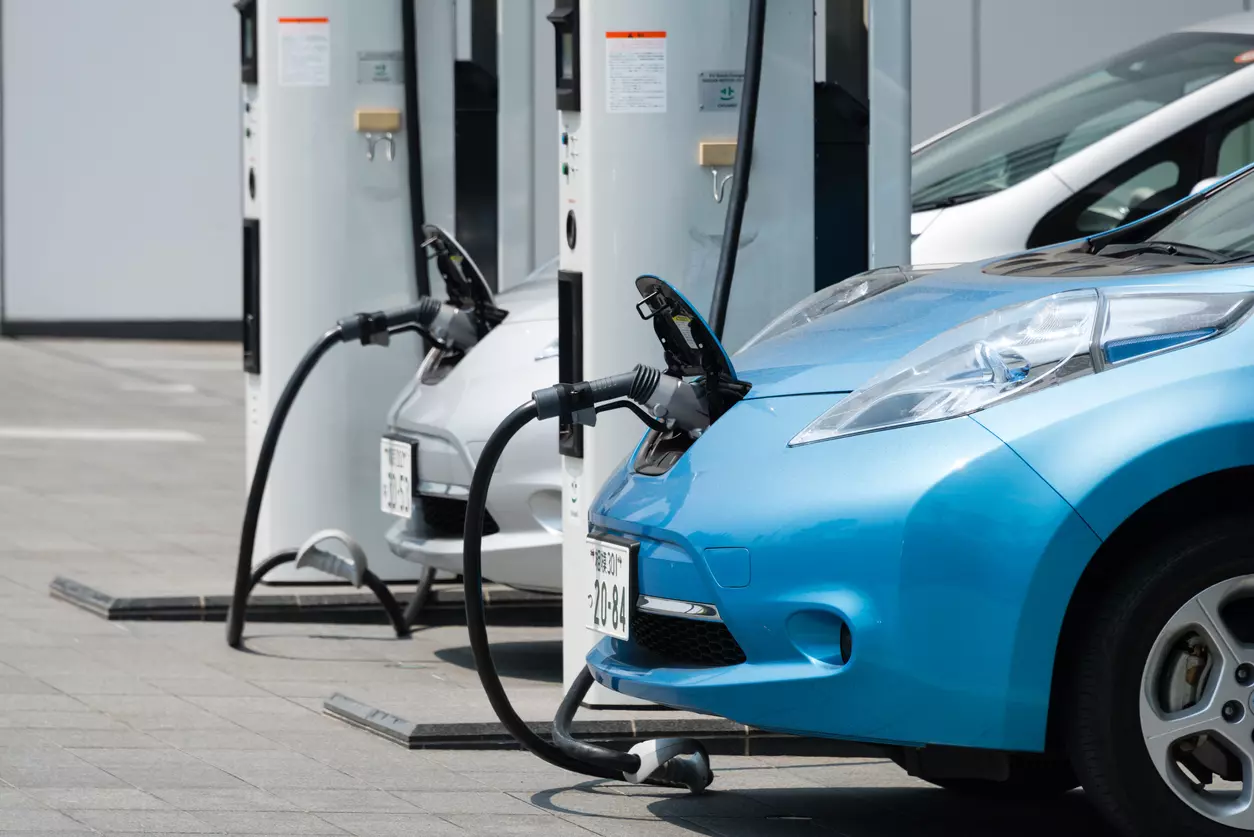
The continuation of the 5 per cent GST rate on EVs is a critical enabler of India’s clean mobility vision. Representative file photo
Small cars, bikes up to 350 cc to get cheaper as GST reforms kick in
With reduced levies on petrol, diesel, hybrid vehicles, and continued support for electric vehicles, GST reform is poised to boost affordability, stimulate demand

As part of the complete overhaul of the tangled Goods and Services (GST) regime, small cars and entry-level bikes are now all set to get cheaper.
The GST Council, which met on Wednesday (September 3) has approved limiting slabs to 5 per cent and 18 per cent effective from September 22, the first day of Navaratri.
What gets cheaper?
Petrol, LPG and CNG vehicles of less than 1,200 cc and not more than 4,000 mm length and diesel vehicles of up to 1,500 cc and 4,000 mm length would move to the 18 per cent rate from the current 28 per cent.
Motorcycles up to 350 cc would be taxed at a lower GST of 18 per cent against 28 per cent currently.
Also read: Diwali comes early: Council slashes GST on everyday items; here is the full list
All automobiles above 1,200 cc and longer than 4,000 mm as well as motorcycles above 350 cc and racing cars will be charged with a 40 per cent levy. Small hybrid cars will also benefit, while EVs will continue to be charged at 5 per cent.
'Progressive'
"Government listened to the automotive industry's long-standing wish list of rationalising GST rates," Mercedes-Benz India MD and CEO Santosh Iyer said in a statement.
This GST revision is the step in right direction, is progressive and will induce the much-needed impetus by boosting consumption and bring momentum to the automotive industry which essentially remains the pulse of the Indian economy, he added.
"We are thankful to the Government for keeping the GST rate for BEVs unchanged, ensuring faster transition to a decarbonised future, while reducing oil imports," Iyer said.
Highest GST slab
Presently, automobiles are taxed at 28 per cent, which is the highest GST slab.
A compensation cess, ranging from 1 to 22 per cent, is levied on top of this rate, depending on the type of vehicle.
The total tax incidence on cars, depending on engine, capacity and length, ranges from 29 per cent for small petrol cars to 50 per cent for SUVs. Besides, GST on auto components has been reduced to 18 per cent from the current 28 per cent.
'Landmark reform'
Meanwhile, Automotive Component Manufacturers Association of India (ACMA) DG Vinnie Mehta too welcomed the reforms.
"ACMA welcomes the government's decision to bring all auto components under a uniform 18 per cent GST slab -- a long-standing recommendation of the industry," Mehta said.
Also read: GST 2.0 in bullet points: All you need to know about new tax reforms
This landmark reform will help curb the grey market, ease compliance, support MSMEs, and enhance the global competitiveness and resilience of India's automotive component industry, he added.
“The move makes tractors and farm machinery more affordable for farmers, reduces costs for commercial vehicles and improves accessibility for personal mobility through rationalisation of rates across all SUVs. Together, these measures are expected to stimulate demand and drive inclusive growth across the entire ecosystem,” Rajesh Jejurikar, ED & CEO -Auto and Farm Sector, M&M, said.
The continuation of the 5 per cent GST rate on EVs is a critical enabler of India’s clean mobility vision. This measure will further accelerate the adoption of electric vehicles and reinforce India’s leadership in sustainable, green transportation, Jejurikar said.
Simplifying GST
The GST panel approved simplifying the GST from the current four slabs - 5, 12, 18 and 28 per cent, to a two-rate structure - 5 and 18 per cent.
A special 40 per cent slab is also proposed for a select few items.
(With agency inputs)

